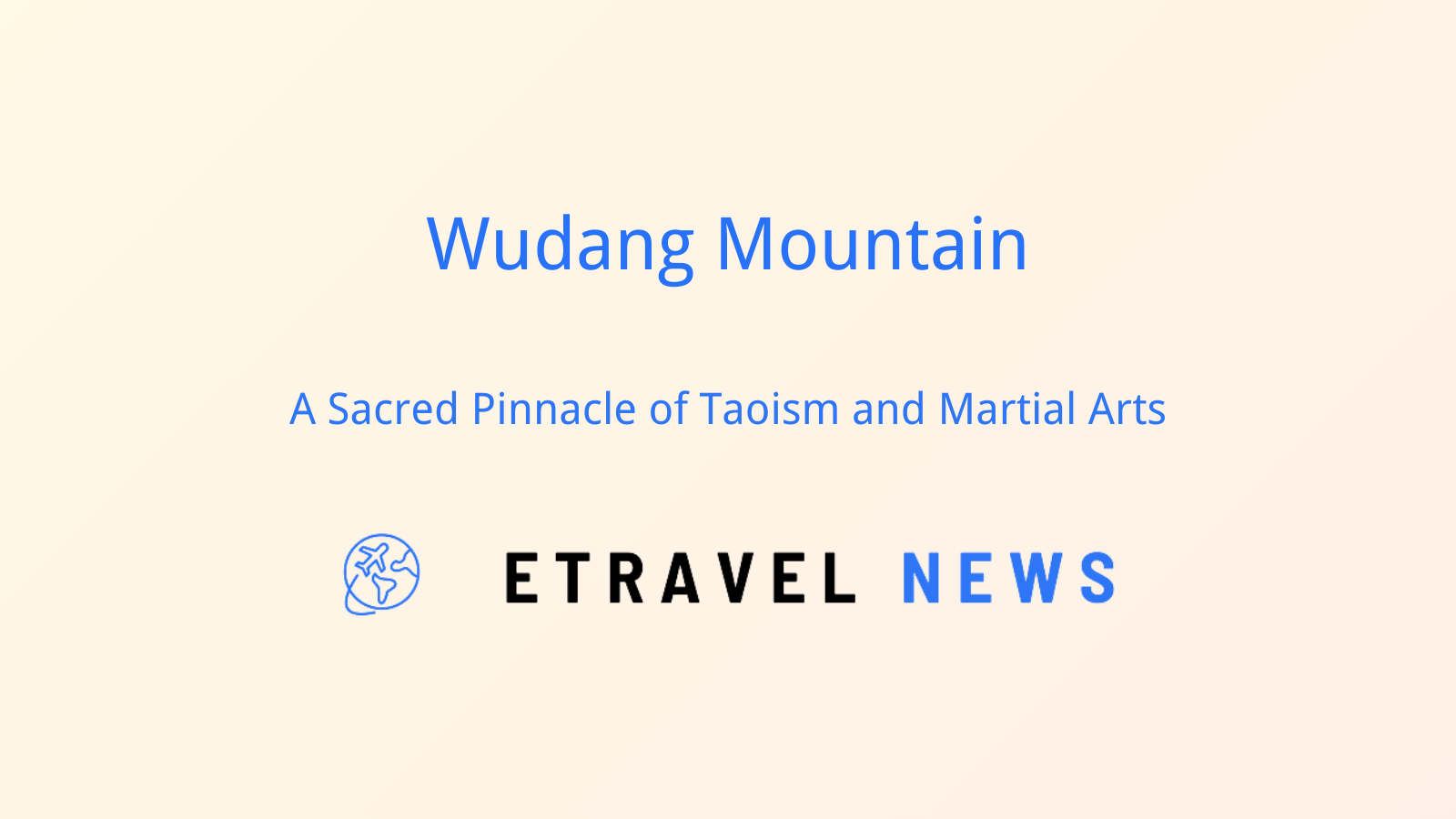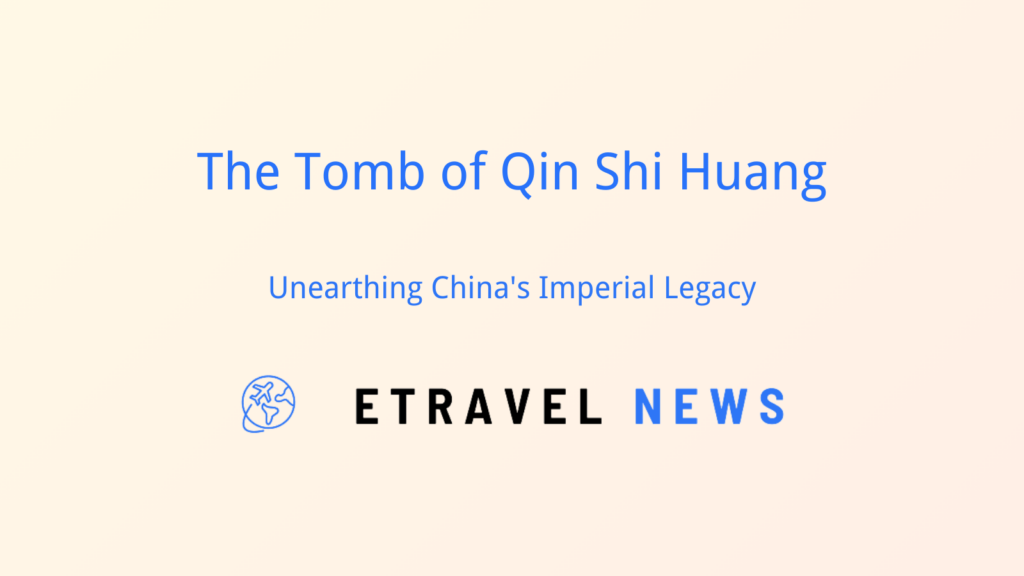Introduction to Wudang Mountain
Nestled in the northwestern part of Hubei Province, Wudang Mountain stands as a testament to China’s rich cultural heritage. This majestic mountain range, recognized as a UNESCO World Heritage Site in 1994, has been a focal point of Taoist spirituality and martial arts for centuries.
Wudang’s history stretches back over 2,000 years, with its golden age occurring during the Ming Dynasty (1368-1644). It was during this period that the mountain became a center for Taoist study and practice, as well as the birthplace of Wudang martial arts.
The mountain’s significance lies not only in its natural beauty but also in its profound influence on Chinese philosophy, religion, and martial arts. Wudang is often referred to as the “Taoist Capital of China,” embodying the harmony between nature and human spirituality.
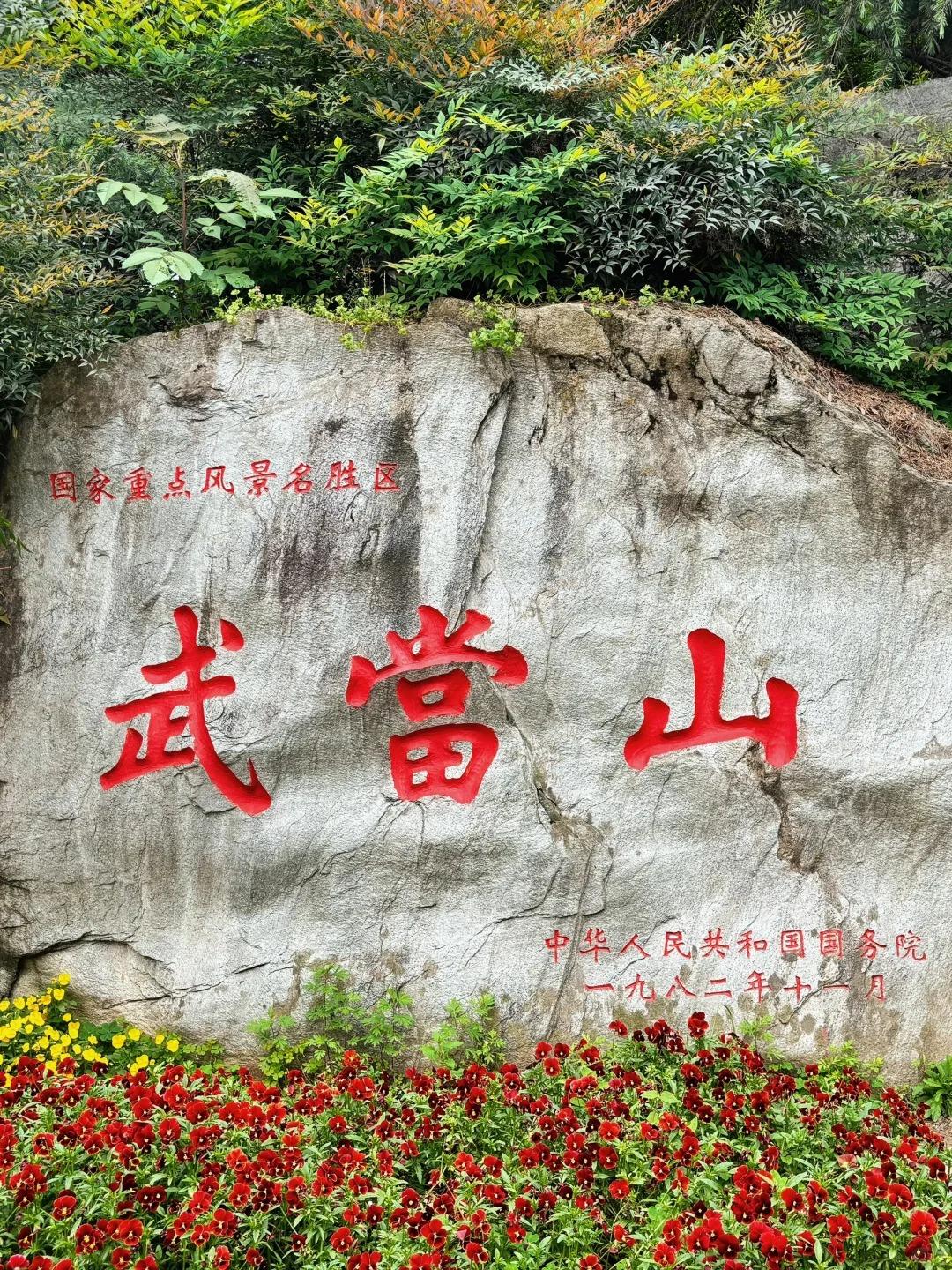
Key Attractions and Temples
Wudang Mountain boasts an impressive array of ancient structures and natural wonders:
- Golden Hall (Jin Dian): A bronze-gilded marvel perched atop Tianzhu Peak, offering panoramic views.
- Purple Cloud Temple (Zixiao Gong): One of the largest and best-preserved Taoist temples on the mountain.
- Nanyan Palace: Known for its precarious cliff-side location and unique “Heaven’s Gate” rock formation.
- Ancient Building Complex: A collection of palaces, temples, and monasteries showcasing Ming Dynasty architecture.
- Tianzhu Peak: The highest point of Wudang, featuring the famous “One Pillar Holding up the Sky” rock formation.
These sites blend seamlessly with the natural landscape, creating a harmonious environment that reflects Taoist principles of balance and unity with nature.
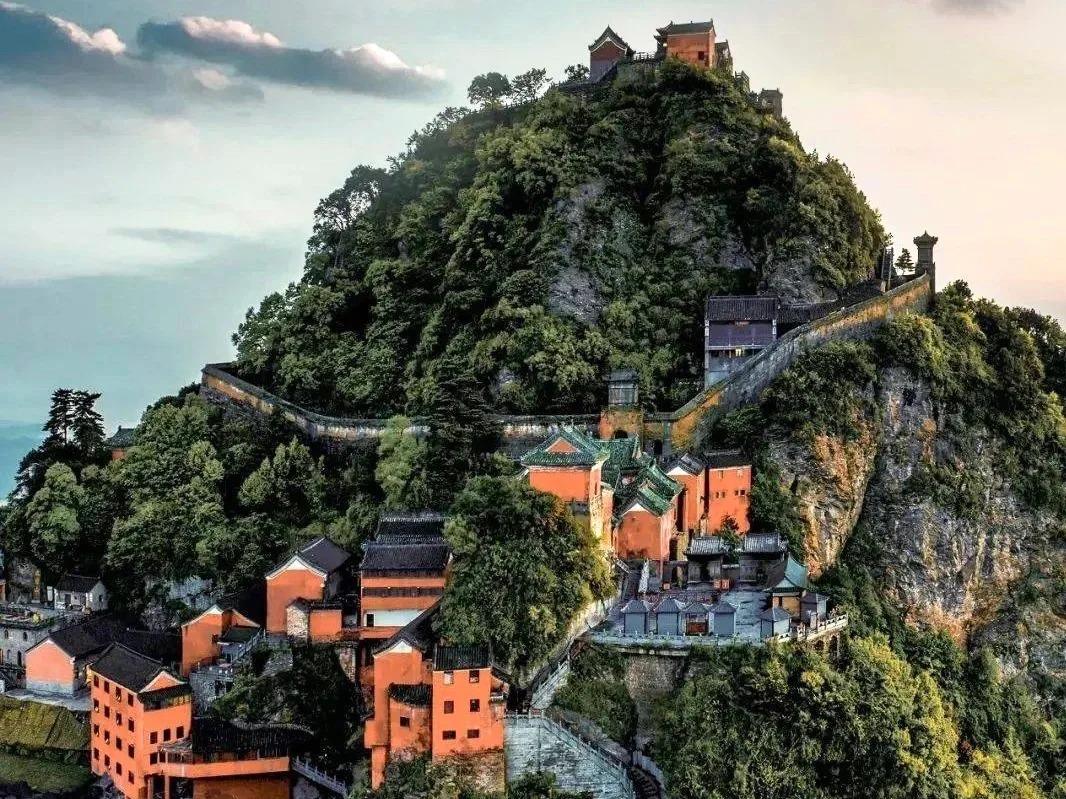
Wudang Martial Arts
Wudang is renowned as the birthplace of internal martial arts, emphasizing the cultivation of inner energy (qi) alongside physical techniques.
| Martial Art Style | Key Features |
|---|---|
| Wudang Tai Chi | Slow, flowing movements focusing on balance and energy circulation |
| Xingyi Quan | Direct, explosive techniques based on the five elements |
| Bagua Zhang | Circular footwork and palm techniques inspired by the I Ching |
Visitors can observe daily demonstrations at various temples or even participate in short-term classes offered by local masters. The opportunity to learn these ancient arts in their place of origin is a unique and enriching experience.
Taoist Culture and Spirituality
Wudang Mountain is deeply intertwined with Taoist philosophy and practice. The mountain’s peaks and valleys are believed to embody the Taoist concept of yin and yang, making it a perfect setting for spiritual cultivation.
Taoist rituals, such as meditation, qigong, and alchemical practices, are still performed daily by resident monks and nuns. Visitors may encounter chanting ceremonies or witness traditional Taoist music performances in the temples.
The mountain’s spiritual significance extends beyond Taoism, playing a role in Chinese folklore and mythology. Legends speak of immortals residing on its peaks and secret caves holding ancient wisdom.

Natural Beauty and Hiking
Wudang’s natural landscape is as captivating as its cultural heritage. Misty peaks, dense forests, and cascading waterfalls create a mystical atmosphere that has inspired poets and artists for centuries.
Popular hiking trails include:
- The “Golden Top” trail to Tianzhu Peak (challenging, 4-5 hours)
- The scenic route from Nanyan Palace to Purple Cloud Temple (moderate, 2-3 hours)
- The peaceful path around Langmei Spring (easy, 1 hour)
Spring and autumn offer the most pleasant weather for hiking, with blooming flowers or vibrant foliage enhancing the mountain’s beauty. Wildlife enthusiasts might spot golden pheasants, macaques, or even the elusive clouded leopard.
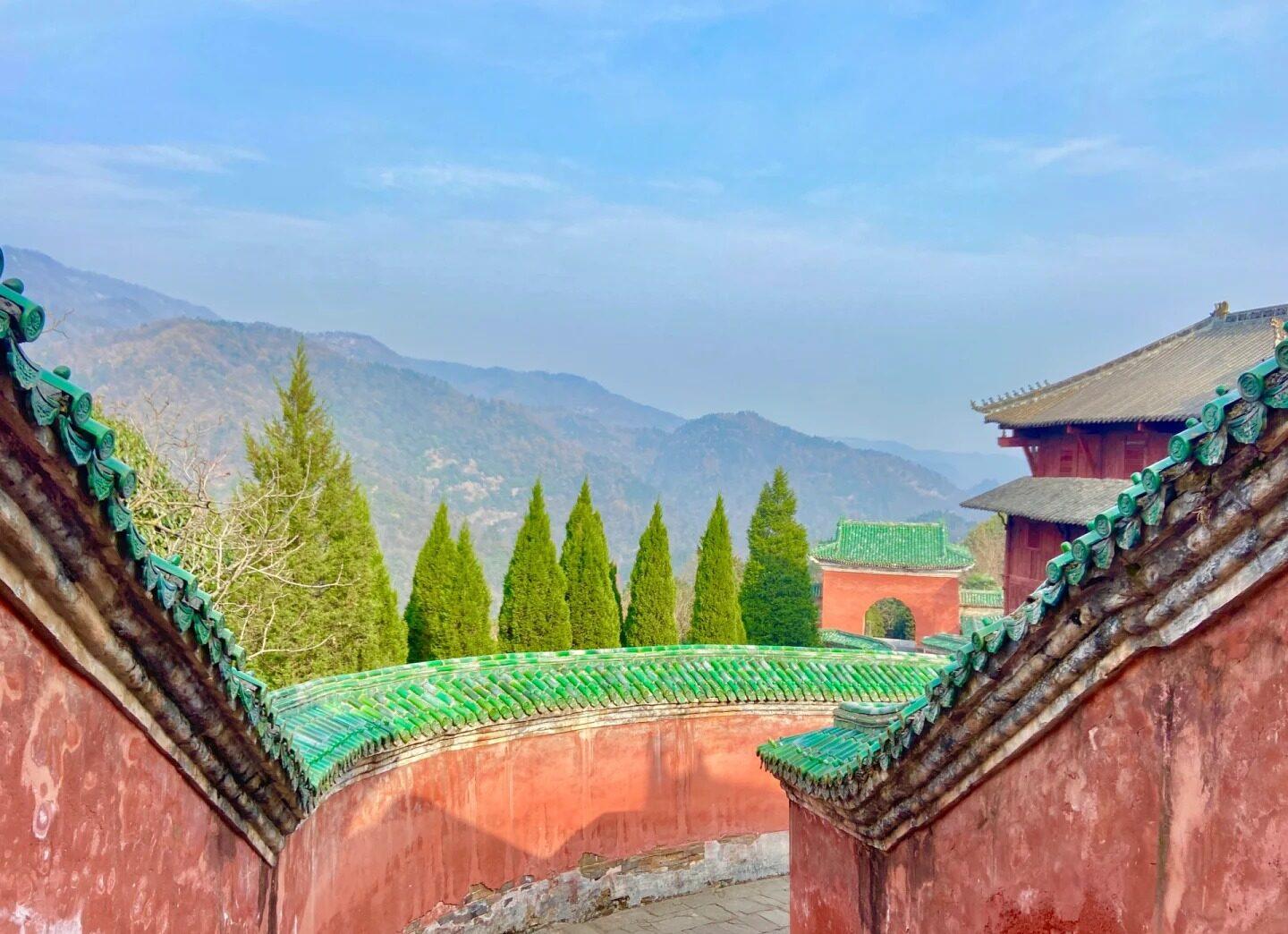
Practical Travel Information
Getting There:
- Fly to Wudangshan Airport, then take a shuttle bus (1 hour)
- High-speed train to Wudangshan Station, followed by a bus ride (30 minutes)
Best Times to Visit: April-May and September-October for mild weather and clear skies.
Accommodation:
- Traditional monastery stays for an authentic experience
- Modern hotels near the mountain base for comfort
- Mid-range guesthouses within the scenic area
A cable car service connects the mountain base to the Golden Hall area, while shuttle buses operate between major attractions. Entrance fees to the scenic area start from 180 RMB (as of 2024), with guided tours available for deeper insights.
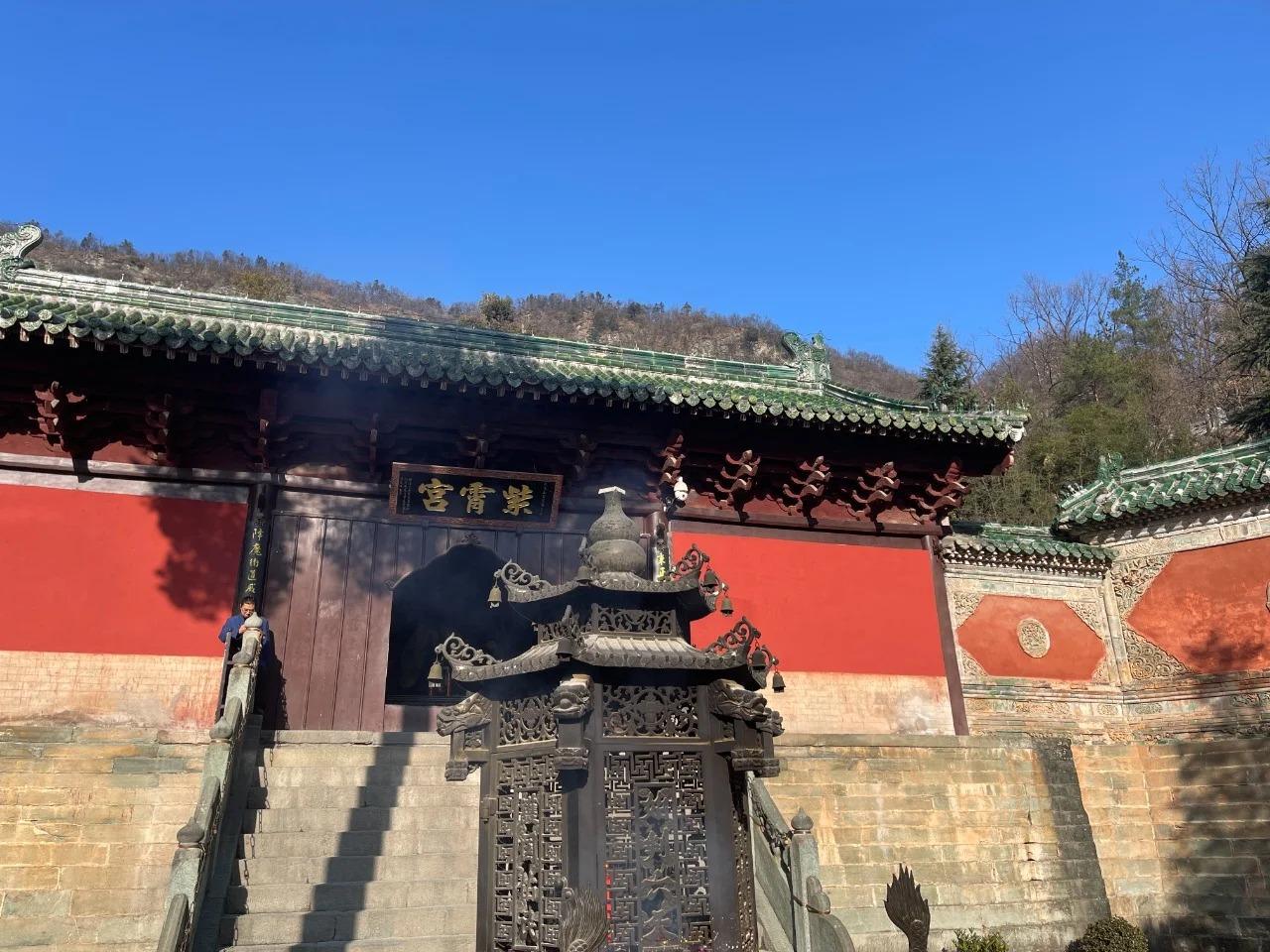
Cultural Impact and Modern Significance
Wudang Mountain’s influence extends far beyond its physical boundaries. It has been a muse for countless Chinese artists, featuring prominently in literature, paintings, and modern media. Films like “Crouching Tiger, Hidden Dragon” have brought Wudang’s martial arts to global audiences.
Today, Wudang faces the challenge of balancing tourism with preservation. Efforts are ongoing to maintain the mountain’s ecological integrity and cultural authenticity while accommodating growing visitor numbers.
The mountain continues to be a living center of Taoist practice and martial arts study, attracting seekers from around the world. Its enduring significance lies in its ability to offer a glimpse into China’s spiritual heart, connecting the ancient wisdom of Taoism with the modern world’s quest for balance and harmony.
Whether you’re drawn by the allure of ancient martial arts, the serenity of Taoist spirituality, or the sheer beauty of its landscapes, Wudang Mountain offers a profound journey into the essence of Chinese culture and philosophy.


